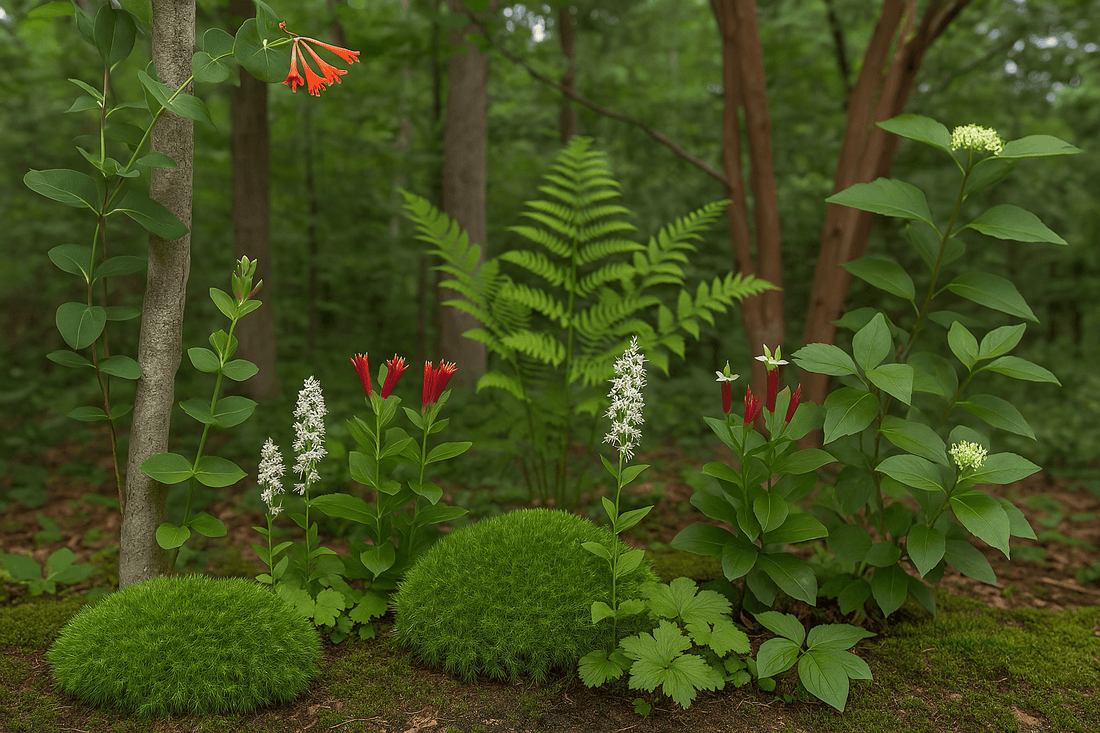
Are Morning Glories Perennials The Truth About These Climbers
Are Morning Glories Perennials The Truth About These Climbers
Are Morning Glories Perennials or Annuals The Truth Behind This Popular Climber
Morning glories (Ipomoea spp.) Gardeners adore morning glories for their trumpet-shaped flowers and their ability to rapidly grow vines which ascend trellises, fences, and arbors with great enthusiasm. Many people who have planted morning glories have asked why they disappear every year and they are not alone in this experience. Their life cycle completes within one growing season because most morning glories behave as annuals in temperate climates according to their classification. Certain morning glory species in USDA zones 10 and higher behave as short-lived perennials by reseeding vigorously which gives them a perennial appearance.
Many gardeners find Ipomoea purpurea popping up each growing season because this prevalent variety naturally reseeds itself. Despite its recurring growth pattern, it cannot match native vines or groundcovers which consistently reappear from their established root systems.
Keywords: Gardeners often wonder whether morning glories are perennial or annual plants since Ipomoea purpurea shows reseeding behavior which makes it seem perennial.
Native Alternatives to Morning Glories
Native species provide a perfect solution if you admire morning glories for their beauty and climbing power yet desire perennial plants that benefit local ecosystems. Discover some unique and underappreciated nursery options that stand out and merit closer examination.
1. The native climbing Trumpet Honeysuckle (Lonicera sempervirens) produces stunning coral-red tubular flowers which hummingbirds find irresistible and stands apart from invasive Japanese honeysuckle. This plant remains alive year-round needs minimal care and grows well under full to partial sun exposure.
2. The native perennial Spigelia marilandica (Indian Pink) stands out with its special red tubular flowers that display yellow star-shaped tips even though it does not grow as a vine. This plant works well along shaded garden edges and pairs nicely with taller native plants.
3. Carolina Jessamine (Gelsemium sempervirens) provides a fragrant evergreen climbing solution with bright yellow spring blooms suitable for trellises and arbors. Bonus: It’s deer resistant and attracts pollinators.
4. As a groundcover choice, foamflower provides a carpet of perennial plants with pretty white flowers and decorative foliage. It thrives in moist, shaded woodland gardens.
5. The Royal Fern Osmunda regalis develops with sophisticated lastingness unlike the rapid growth of morning glories. The tall lacy fronds of these ferns provide elegant beauty and endurance to shaded areas with plenty of moisture where vine plants cannot survive.
6. Silky Dogwood (Cornus amomum) provides gardeners seeking native flowering shrubs with multi-season appeal the perfect solution. The springtime creamy white flowers transition into blue drupes which attract birds. This plant provides superior protection against erosion for areas alongside water features.
Keywords: Gardeners can choose from native flowering vines like Indian Pink and Carolina Jessamine or select among native climbing plants to complement their groundcover alternatives and pollinator-friendly perennials.
Designing a Native Garden with Morning Glory Energy—Without the Annual Fuss
Native perennials deliver a low-maintenance ecological solution for your landscape while morning glories offer their romantic fast-growing qualities. Native trumpet honeysuckle vines work well alongside understory plants such as Christmas Fern (Polystichum acrostichoides) or Partridge Berry (Mitchella repens) which serves as a groundcover with white flowers and red berries.
Broom Forkmoss (Dicranum scoparium) introduces green, lush textures to landscape rock borders and tree bases. The pollinator-attracting Blue Mistflower (Conoclinium coelestinum) enhances your landscape with its fuzzy lavender flowers that persist into fall.
A Sphagnum Moss patch near a shaded water feature supports humidity-loving plants like Cardinal Flower (Lobelia cardinalis) and creates vertical red accents without the need for morning glories which reseed themselves.
Plant native species Redbud (Cercis canadensis) or Sourwood Tree (Oxydendrum arboreum) for your tree layer as both are showstopping species that offer abundant blooms and seasonal visual interest. The Redbud tree ignites early spring with pink blossoms while Sourwood trees show their white summer flowers followed by fiery fall foliage.
These options deliver visual appeal alongside essential functionality. These trees support native pollinators and create habitats while they grow well in the local soil and climate. Perennial plants provide the advantage of eliminating annual planting processes and associated uncertainties.
Final Thoughts
While morning glories hold a special place among cottage garden lovers native perennials can achieve similar lushness with additional long-term advantages. Choosing native plants like trumpet honeysuckle climbers or partridge berry groundcovers helps create a garden that thrives throughout each season.
Our selection of native ferns, vines, shrubs, and trees will help you replace reseeding morning glories with plants that support local wildlife and prevent erosion while providing year-round interest. Nature—and your garden—will thank you.






